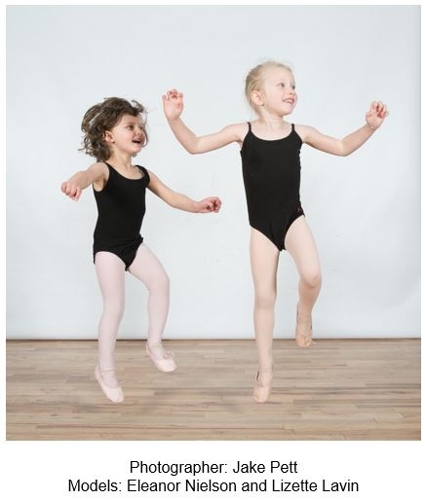What Dancers and Dance Teachers Need to Know about Motor Development, Motor Control, and Motor Learning: Part I
Authors: Donna Krasnow, PhD, and Virginia Wilmerding, PhD
Dance training is at the heart of the art form of dance. All dancers can recall the teachers who had tremendous influence on their growth as young dancers and artists. The science known as motor behavior is having a stronger voice in helping teachers and dancers develop to the top level of their skills and artistry. Motor behavior is an umbrella term that represents three areas: motor development, motor control, and motor learning. This is the first of three posts that will describe these areas of motor behavior, and explain how teachers and dancers can benefit from this knowledge. This post will cover motor development.
Motor development is the study of ongoing changes to movement abilities that are common to all people, and it looks at these changes through all the stages of life. These changes are both progressive, meaning that one skill builds on the next, and irreversible in a healthy population, so that once a stage of development is reached, it does not disappear.
It is important for teachers to understand the age-appropriate material for various groups of dancers, and establish their expectations accordingly. For example, balance has three components – the visual system, the vestibular system in the inner ear, and proprioception. These systems are all present in the young child of 3 or 4 years old, but they are not integrated until after age 7, and not fully developed until the late teens. This is why children can take the head off vertical, and they can turn while traveling across the floor, but they cannot do both at the same time until they reach a certain age, regardless of years of dancing. Postural control and balance are the foundations for success in almost all movement in dance, and it is essential to focus on these aspects of training in the early years.
Locomotor skills follow a particular developmental pattern: walking, running, jumping, galloping, hopping, and skipping. These skills must be presented in order, and at the right age. These are the general age milestones at which locomotor skills can be seen:
- Walking at 10-15 months
- Running with high level coordination at 2 years
- Various forms of jumping at 2-3 years
- Galloping between ages 2-3 years old, after having been able to run for 6 months
- Hopping starting at about 3-1/2 years old, and continuing to develop past age 5
- Skipping is the last to develop and occurs between ages 4-7 years old
It is also important to realize that the full coordination of use of arms, particularly in dance-specific patterns, can take even longer to develop. And as all teachers know, refinements such as straight legs and pointed feet in jumps can take years of practice. Finally, ballistic skills are some of the most difficult to develop, and include grand battement and leaps, which demand a sophisticated motor pattern, not just the strength to do those actions. Teachers’ effectiveness and dancers’ skills can be enhanced through a sound knowledge of motor development.

Donna Krasnow, PhD, and Virginia Wilmerding, PhD, are IADMS members and co-authors of the newly released Human Kinetics text Motor Learning and Control for Dance: Principles and Practices for Performers and Teachers.